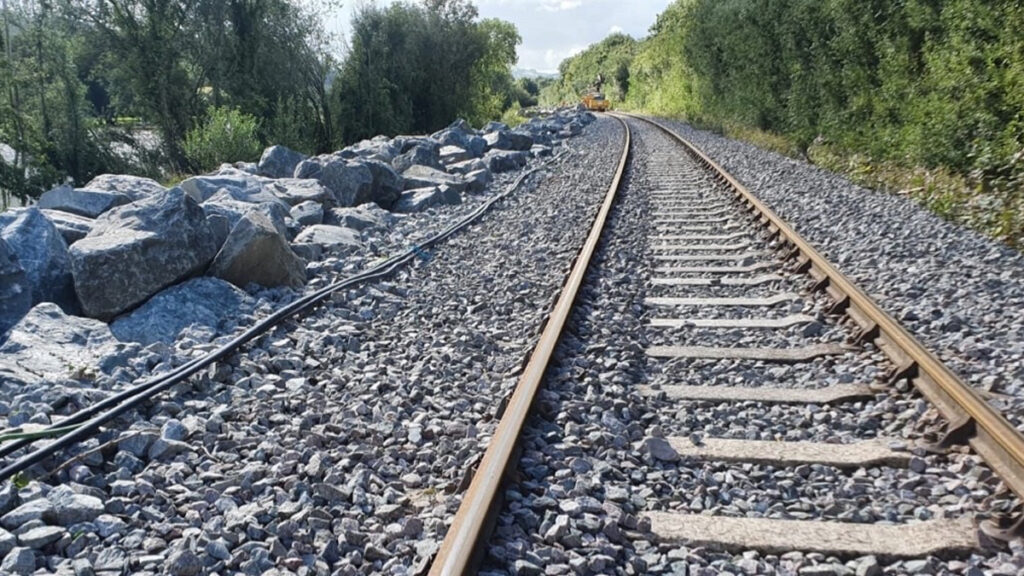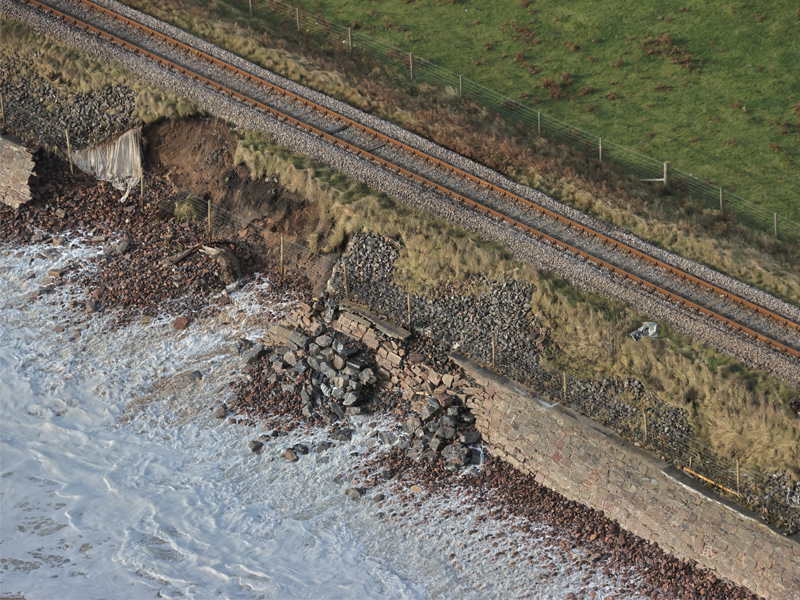We’re adapting our railway to face the challenges of climate change and the extreme weather it brings.
So, we can continue giving you smoother, more reliable and better journeys – now and in the future.
The challenge
Extreme weather like heat waves, flash floods and severe snowstorms often causes disruption on our railway. For example, heat waves can cause the metal rails on our track to buckle and the overhead wires to sag. Storms can blow trees and other debris onto our routes and flood our tracks. Severe snow can cause snow drifts that block parts of our track.
Climate change means we’re going to experience extreme weather more frequently, and rare weather events will become increasingly common.
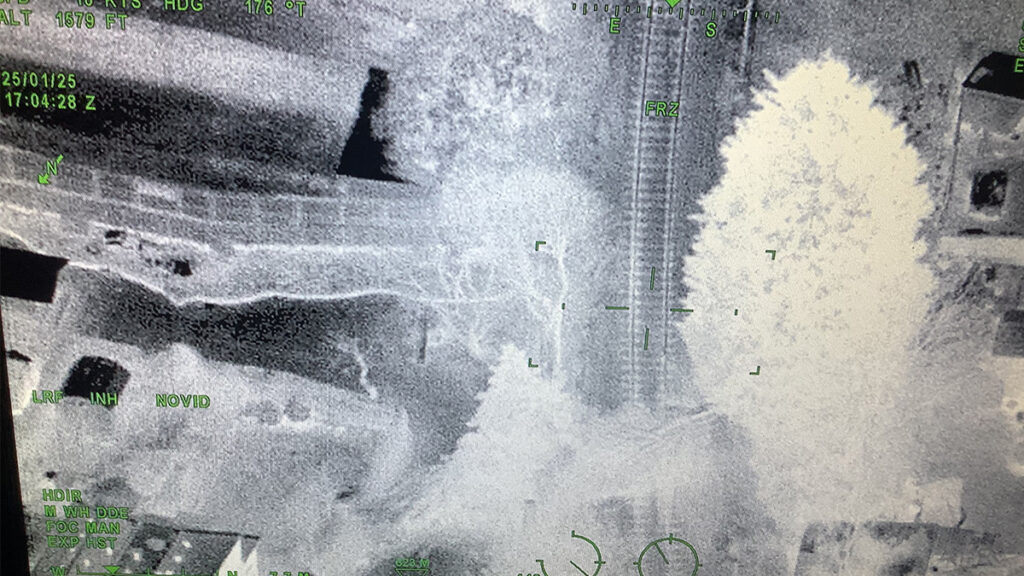
That’s why we’re working hard to adapt our railway to cope with the impacts of climate change. The process of adaptation works in different ways …
Transform
In the long term, we’re looking at ways to transform the railway so our systems are better prepared for extreme weather.
Our adaptation pathways strategy is helping us create 100-year strategies that look at where the railway may struggle to run in the future because of climate change. These strategies map out different pathways we can take to help us manage those risks.
Each adaptation pathway is a series of actions taking us down a path. If circumstances change along the way, we can change our pathway by switching or adding actions. This makes us adaptable in how we upgrade and maintain our railway.
In the short term however, there’s a number of other steps we can take.
Anticipate
We first anticipate when an extreme weather event is going to happen and make sure we’re prepared.
We begin by assembling our extreme weather action teams whenever extreme weather is forecast. The team is made up of our colleagues from key areas. For example, there’ll be track and drainage engineers, communications colleagues who’ll prepare public travel warnings and even train operators and freight companies whose trains will be running on our railway.
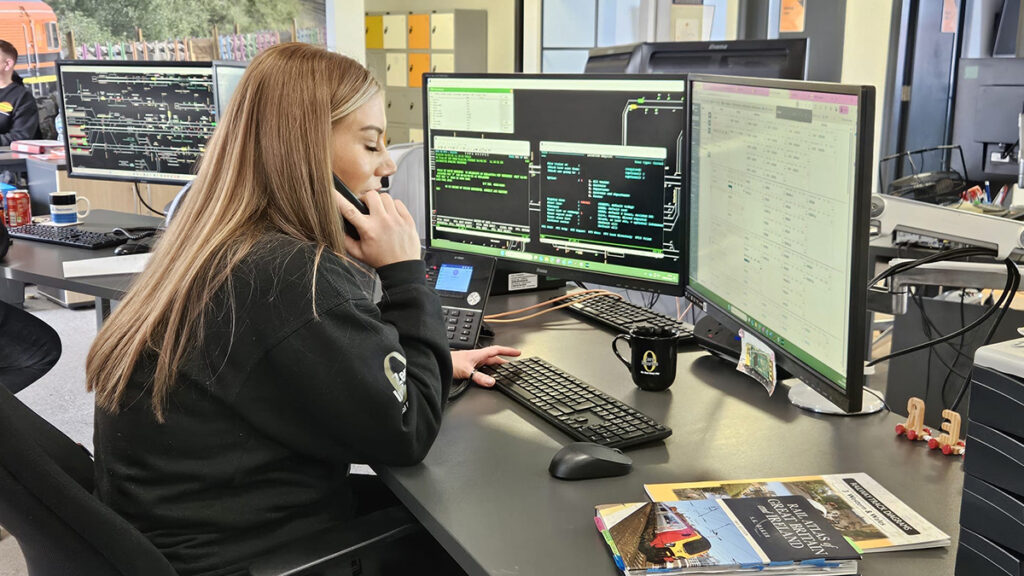
Together, we’ll design a plan to keep you and freight moving as safely as possible. Making sure we have the correct tools and actions in place to keep our railway running. That may mean, for instance, making sure we have enough pumps set up on routes that are likely to flood.
Resist
We can also design parts of our railway to better resist the effects of extreme weather.
For example, we built a bigger, longer and stronger sea wall at Dawlish in Devon between 2014 and 2023. The new wall is designed to better resist the rising sea levels and the stronger and bigger waves that severe storms bring.
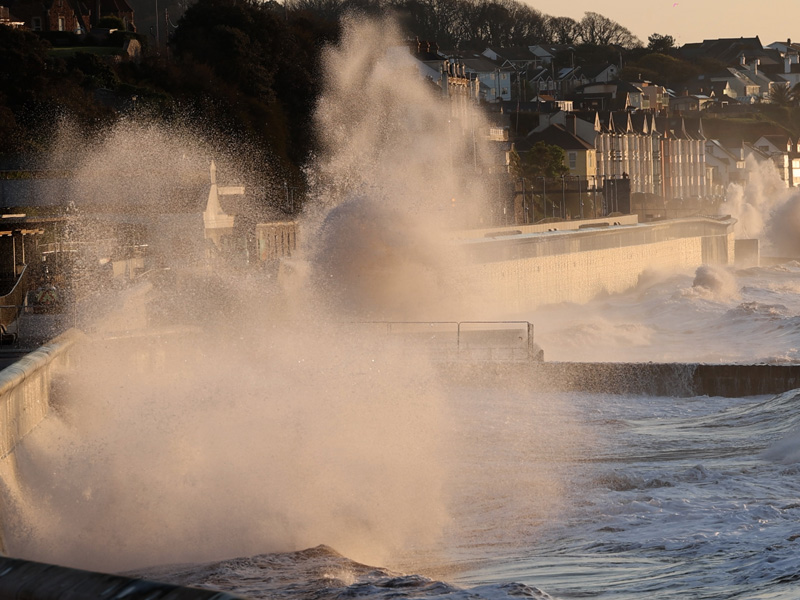
Absorb
Of course, we can never prevent all weather impacts on the railway. So, we also work on adapting our systems to absorb the shocks and stresses that extreme weather bring.
We strengthened the Ore tunnel between Hastings and Rye in October 2024 so it can better withstand heavy rain that can seep through and damage the track. Our teams spent three weeks improving drainage, repairing brickwork and lining parts of the tunnel with sprayed concrete.
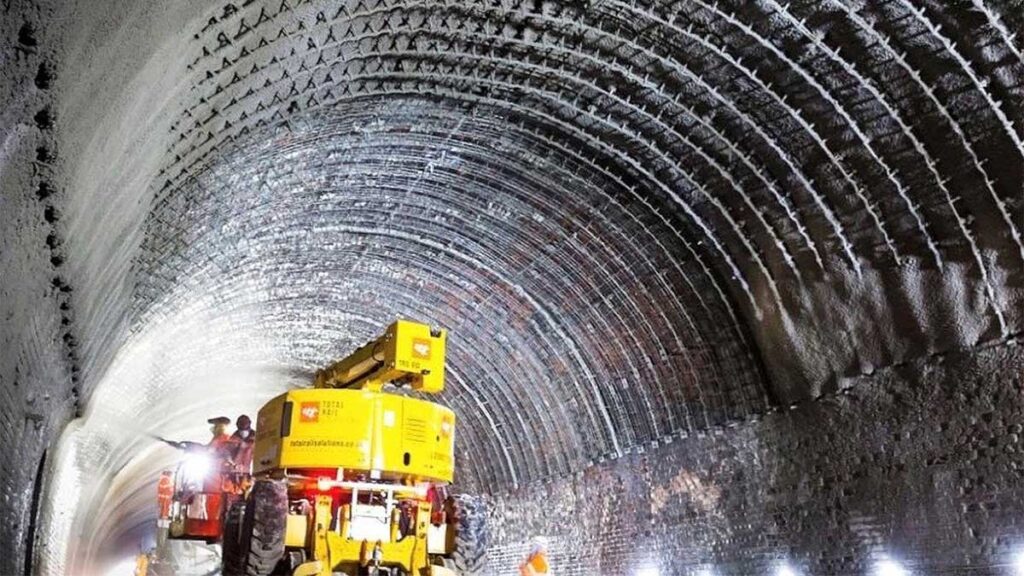
Recover
We also can adapt our railway by designing it to recover quickly from the impact of extreme weather.
That’s why we invested £2.2m between 2019 and 2020 on the Conwy line in North Wales. The line is close to the Conwy Estuary making it particularly vulnerable to flooding. We added rock armour to help stop the ballast washing away when the track floods and then recedes. This allows us to open the railway in days instead of weeks or even month after flooding.
